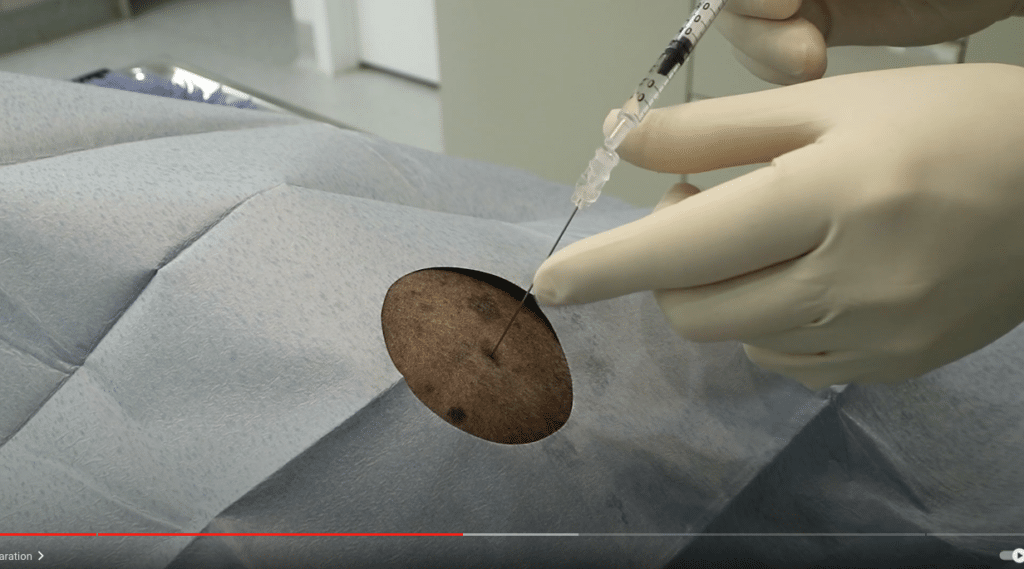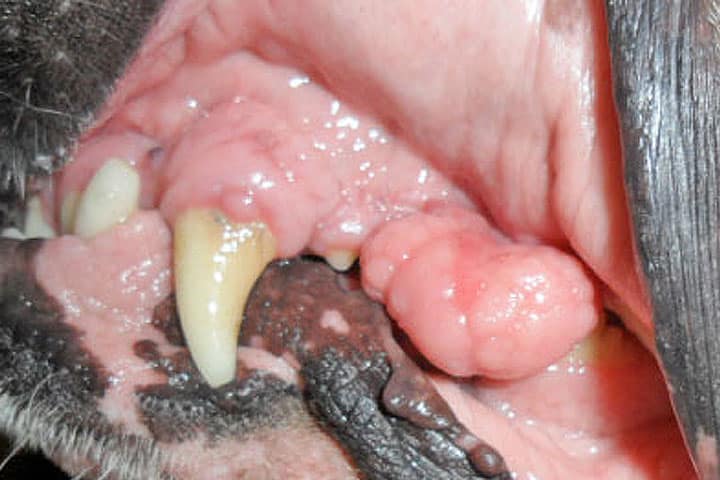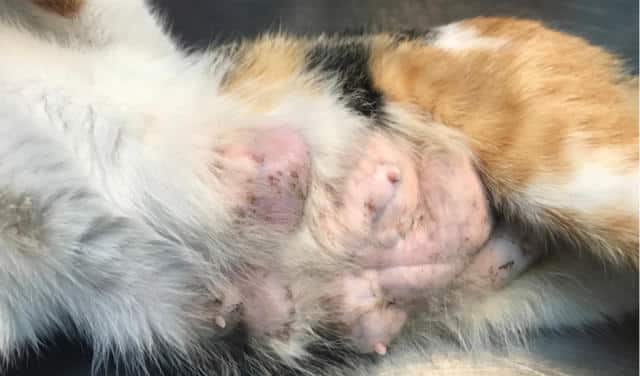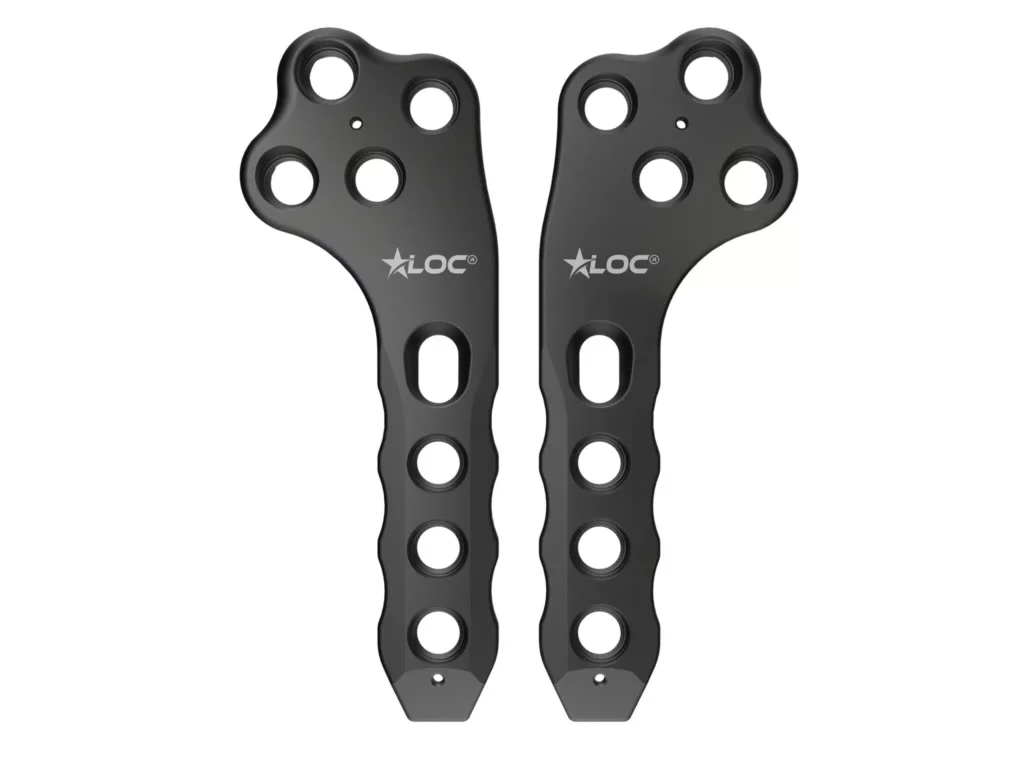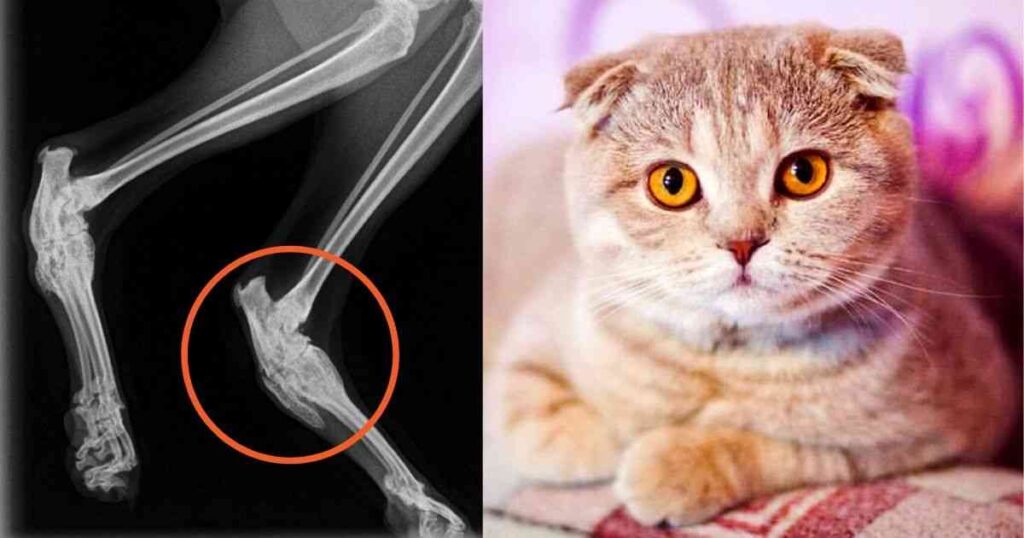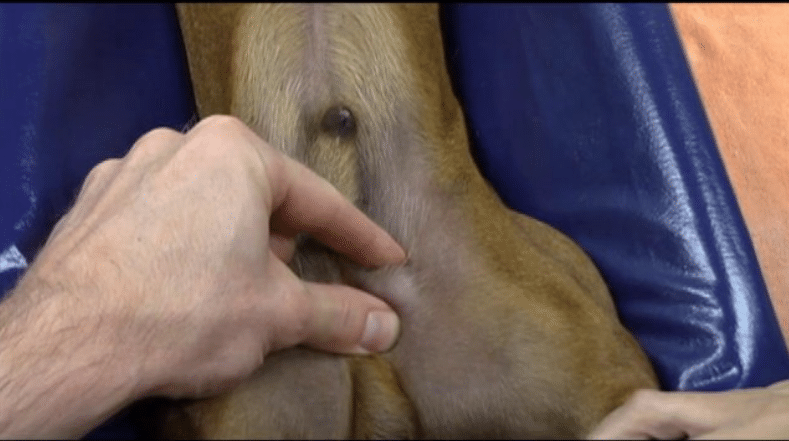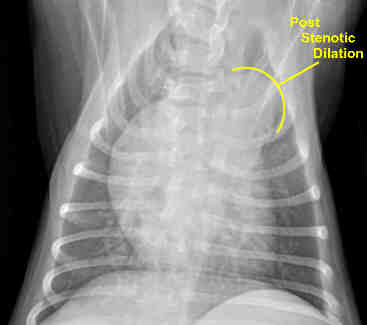Epidural anesthesia for TPLO
In this day and age, the well-being of our animal companions is of the utmost importance. As responsible pet owners and veterinary professionals, we always strive to relieve the pain of our beloved dogs and cats. In this context, local anesthesia has brought about a revolutionary change in veterinary practice. In this article, we will take a detailed look at the benefits, techniques, and recent advances of local anesthesia in dogs and cats.

